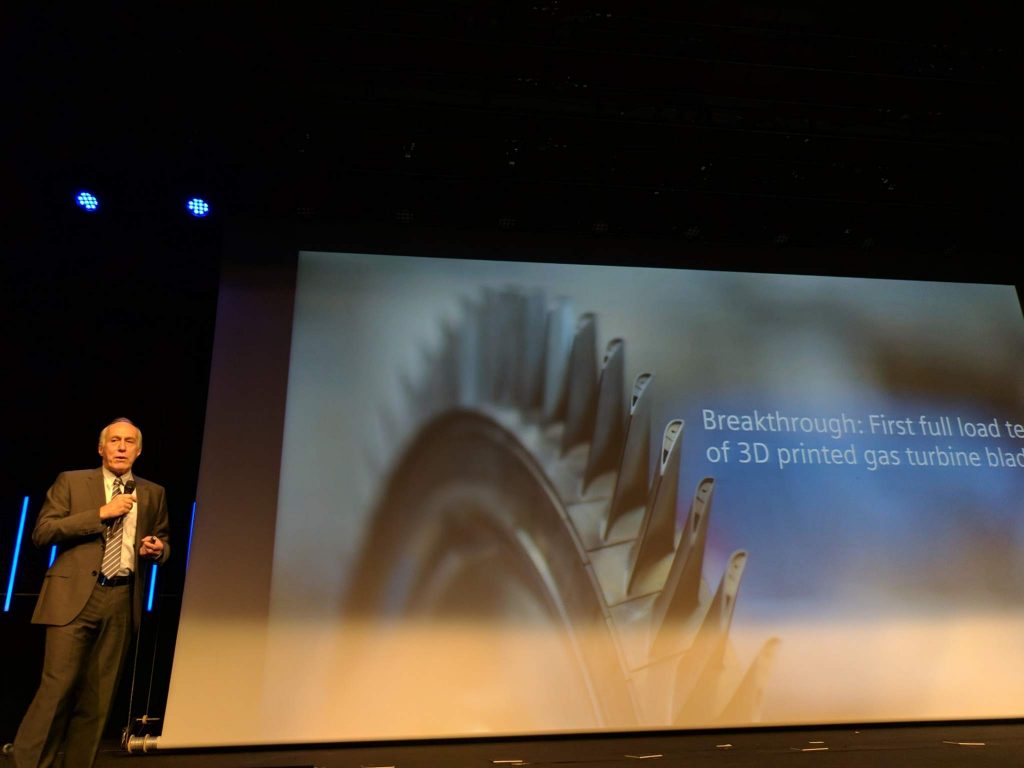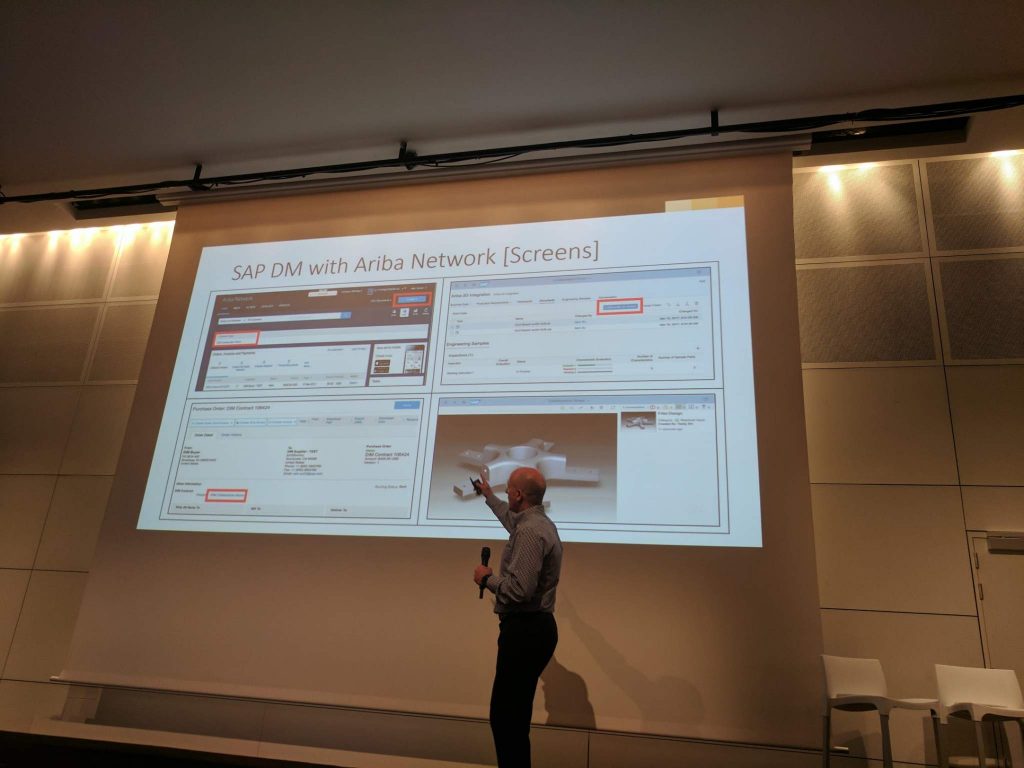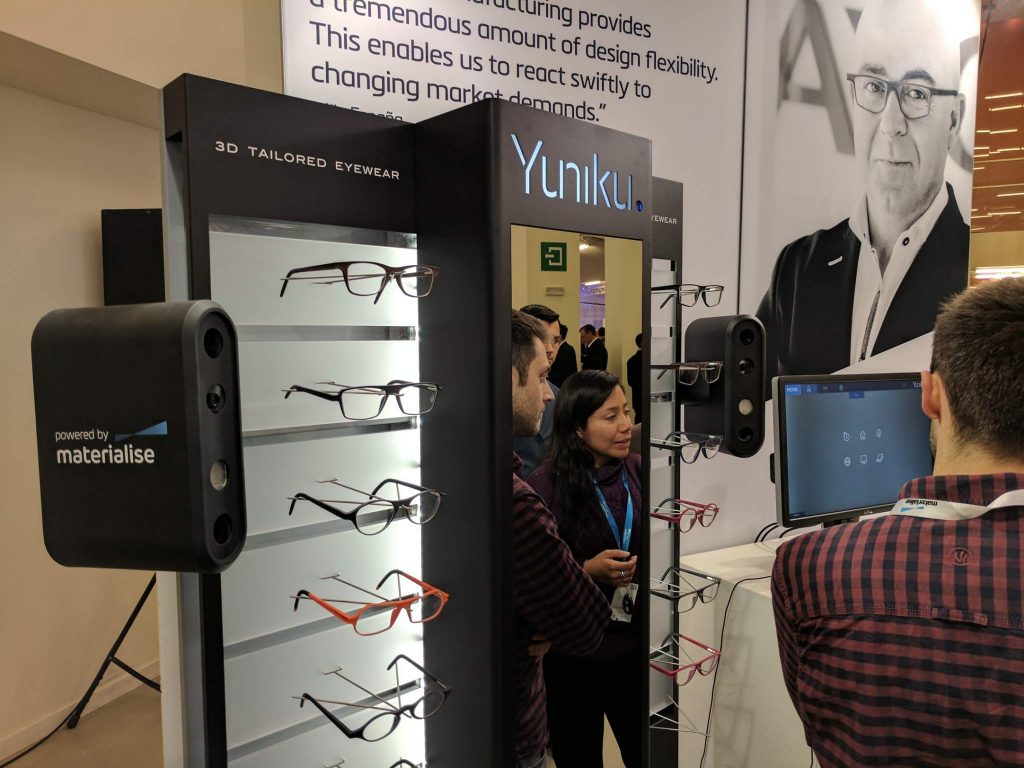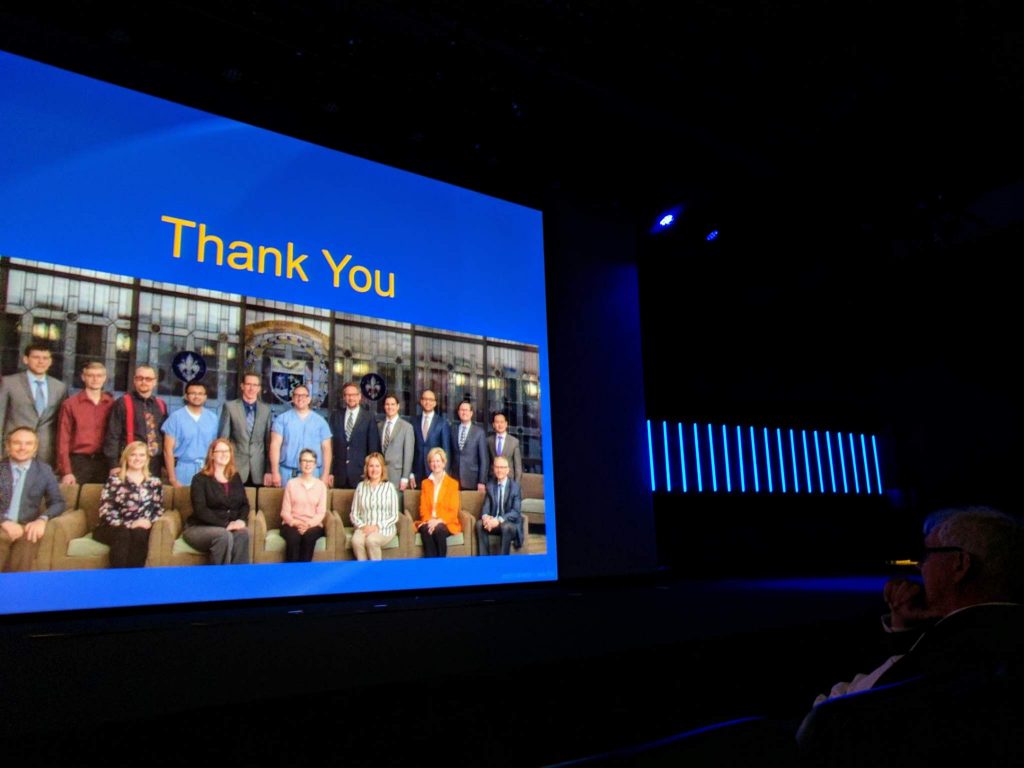This is a guest post in our series looking at the future of 3D Printing. To celebrate 5 years of reporting on the 3D printing industry, we’ve invited industry leaders and 3D printing experts to give us their perspective and predictions for the next 5 years and insight into trends in additive manufacturing.
Bryan Crutchfield is Vice President and General Manager, Materialise North America. Founded in 1990, Materialise have 3 business segments, software, manufacturing and medical. With more than 25 years offering a range of software solutions and 3D printing services the company’s open and flexible platform forms the backbone of 3D printing.
3D Printing The Next Five Years by Bryan Crutchfield, Vice President and General Manager, Materialise North America
3D printing has emerged as part of the manufacturing toolkit, not only for prototyping, but for larger-scale manufacturing operations where customization and design freedom are important factors. In aerospace, individual parts can be tailored and 3D printed to quickly and efficiently solve design challenges in a highly-regulated industry; in the medical industry, 3D printing allows for the production of patient-specific medical devices to fit individuals’ specific anatomies; and in consumer goods, products like invisible braces, eyewear and shoes can be customized to match each consumer’s needs and personal style. In the next five years, a number of factors and opportunities will contribute to our industry’s potential to grow across all of these industries and in ways not yet imagined.

Education and Training
One aspect of 3D printing that will contribute to advances and innovation across all industries is a shift in mindset as more engineers and designers begin to think in terms of additive, rather than subtractive manufacturing. Since 3D printing is still a relatively new tool for manufacturing, education and training systems are still playing catch-up to traditional manufacturing methods in terms of awareness. However, we are now seeing global healthcare, technology and manufacturing companies deploying 3D printing solutions in their manufacturing facilities.

At Materialise, our partners include companies such as GE, Siemens, HP and Microsoft. With companies of this stature adopting 3D printing technology, education and training programs will adapt to meet the growing need for skilled additive manufacturing workers. As industry innovators develop and are trained in 3D printing solutions for new applications, the speed of adoption of 3D printing across industries will continue to increase.

Manufacturing Processes
The manufacturing industry is particularly well-positioned for increased use of 3D printing in the coming years, but not necessarily in the way you might think. Beyond using 3D printing to manufacture products, the technology can also be used to improve the actual manufacturing process. Tools, tooling aids, or inserts for tools for high volume manufacturing systems can be 3D printed to precise specifications. These parts can lead to process improvements like more accurate cooling channels for injection molding systems and improved cycle times and costs. Manufacturers can also reduce the weight of grippers or end of arm tooling through 3D printed parts, allowing for smaller and faster robots and automated procedures. Implementation is currently limited by a lack of understanding of 3D printing’s capabilities, but as more designers and engineers begin to think in terms of additive manufacturing in the coming years, these solutions will become more prominent in manufacturing.

Supply Chain Management
Within the durable goods industry, 3D printing has the potential to make a significant impact on the way companies manufacture, store and deliver spare and aftermarket parts needed for service. Rather than producing these parts in large quantities through traditional manufacturing, 3D printing gives these companies the option to produce parts on an as-needed basis, freeing up storage space in warehouses and limiting waste from unused parts, a transition that could greatly impact manufacturers’ bottom lines in the next five years.

Material Development
Innovation in printable materials is one of the fastest-moving aspects of 3D printing. New materials are developed every day, and the possibilities for 3D printing to expand to new uses and industries increase with each development. This is a difficult aspect of the industry to place solid parameters on due to the rapid rate of change, but in the next five years, we expect to see advances in the areas of lightweight, porous and textured surfaces to help manufacturers meet both performance and design objectives.
Software and the Digital Thread
While additive manufacturing has become a crucial part of the design process, it has not reached its full potential. There is a race among companies in the industry to develop a truly end-to-end 3D printing solution that completes the digital thread, a single path of data that stretches from initial design to the completed product.

At Materialise, we not only create the software that serves as the backbone of the 3D printing process, we also provide 3D printing services. From design creation and optimization to managing and automating workflows to printing a completed product, our software and services represent the complete digital thread in 3D printing. Our manufacturing facilities serve as our ‘test kitchen,’ where we are able to test and improve the software, materials and processes that we pass along to our customers. In the next five years, we will continue to leverage our extensive expertise developed from more than 25 years of 3D printing experience, to work towards a truly end-to-end solution. We look forward to increased adoption and integration of 3D printing to help businesses improve workflows and deliver benefits for their customers, partners and end users.

This is a guest post in our series looking at the future of 3D Printing, if you’d like to participate in this series then contact us for more information. For more insights into the 3D printing industry, sign up to our newsletter and follow our active social media channels.
Don’t forget that you can vote now in the 1st annual 3D Printing Industry Awards.
More information about Materialise is available here.
#futureof3Dprinting
Featured image shows Magics. Materialise software serves as the backbone for the 3D printing process, allowing users to optimize designs, prepare files and manage production processes.


